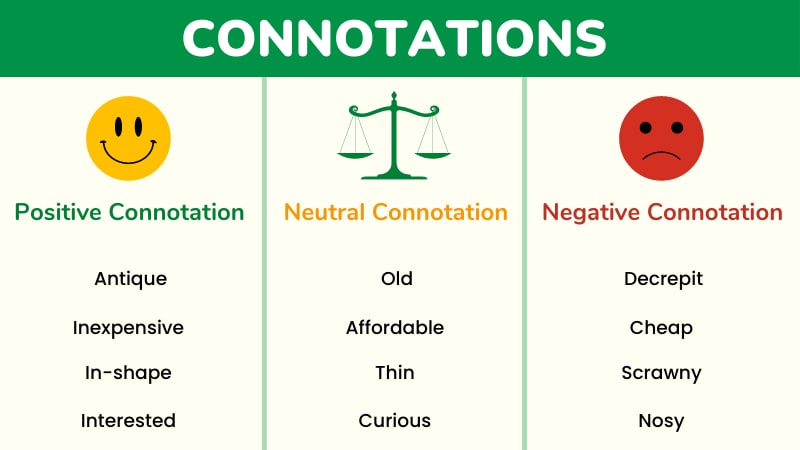Scanning & Skimming: Two Useful Reading Strategies
If you know how to skim and scan when you are reading, you won’t have to read everything thoroughly and you will be able to take some pressure off your brain. Moreover, these two reading techniques will save a great amount of your valuable time.
Scanning
Scanning is the act of searching a particular information in a text with a particular approach. For instance, if you want to know the meaning of the word ‘virtuous’ from a dictionary, you will start searching the letter V first, then I, and then R; by then you probably will have found the word. This process of searching is called scanning. It is a technique of fast reading.
Purposes of Scanning
- To search for a word in a dictionary or index
- To find a phone number or an address in a directory
- To check the time schedule of a program in an agenda
- To check the price of a specific item in a catalog
- To know a particular information from a text
Scanning: Steps to Follow
- Before starting to scan a text for a particular information, you know some basic things about that text. You will not be able to scan a text efficiently if you do not have a basic idea about that text. If the text is completely unknown to you, you should skim it first to get some ideas about that text. This will help you to guess the section or part of the text where you might find the information you need.
- Notice how the information is arranged. It can be arranged either alphabetically or numerically. However, some texts are not arranged at all. In that case, you have to guess a section and scan it through to get your information.
- Scanning a random unknown page of a text is difficult. It may take more time than the usual. However, it won’t take too much time if you move your eyes vertically and diagonally keeping in mind the exact letters or numbers you are looking for.
Skimming
Skimming is the other technique of fast reading. Skimming is the act of glancing through a text for gathering a basic idea about that text. For instance, if you want to read an interesting article on the newspaper and you do not have enough time to read more than one article, you will skim through most of the article to decide exactly which article you want to read. Skimming will also save a great amount of your valuable time if you know how to skim a text efficiently.
Purposes of Skimming
- To see what is in the news on a website or on a paper
- To look through a text to decide whether you want to read it or not
- To look through the television guide/program schedule to plan your evening
- To see through a catalog to choose an offer
- To go through the options after searching something on Google
- And many more
Skimming: Steps to Follow
- Read the title first. Generally, titles will give you the most important idea of the text. If the title does not interest you, you will probably skip it at once.
- Then read the sub-headings (if any) of the text. It will give a basic idea about the text and what’s in it.
- If there is no sub-heading, read the first line or first few lines of the text. It will give you the gist of the text.
- If you want to skim it further, you may read the first lines of all the paragraphs and focus on the emphasized (bolded & italicized) words in them to get more ideas about the text.
Grammar
Read More
- How to Use "Therefore" in Sentences Avoiding Common Mistakes
- How to Use "Whereas" with Examples and Avoid Common Mistakes
- When and How to Use "Thus" Correctly Without Common Mistakes
- How to Use "On the Contrary" Properly with Meaning and Examples
- When and How to Use "Either/Or" with Examples and Common Mistakes to Avoid
- How to Use "On the Other Hand" Effectively without Mistakes
- How to Use "Respectively" with Example and Common Errors to Avoid
- How and When to Use "Moreover" Without Mistakes
- How to Use "Likewise" in Sentences Based on Context & When not to Use
- When & How to Use "Although" in Sentences to Avoid Mistake

